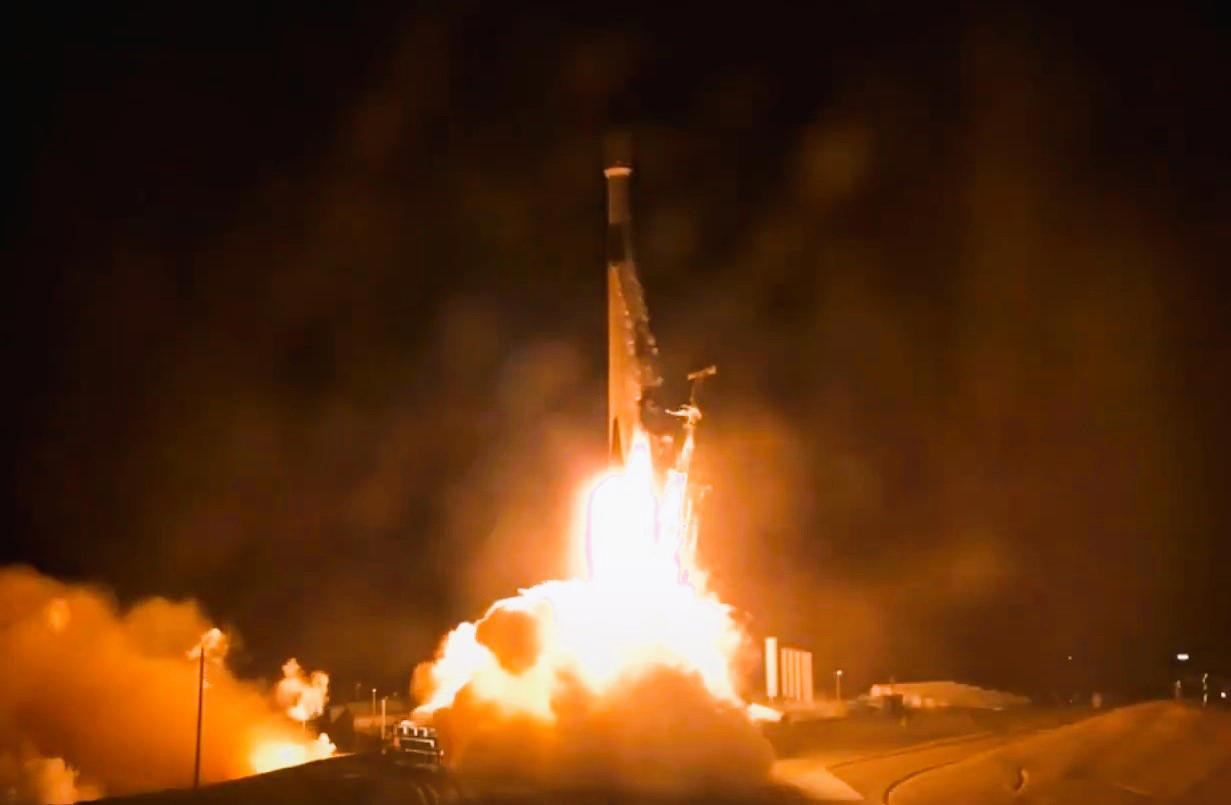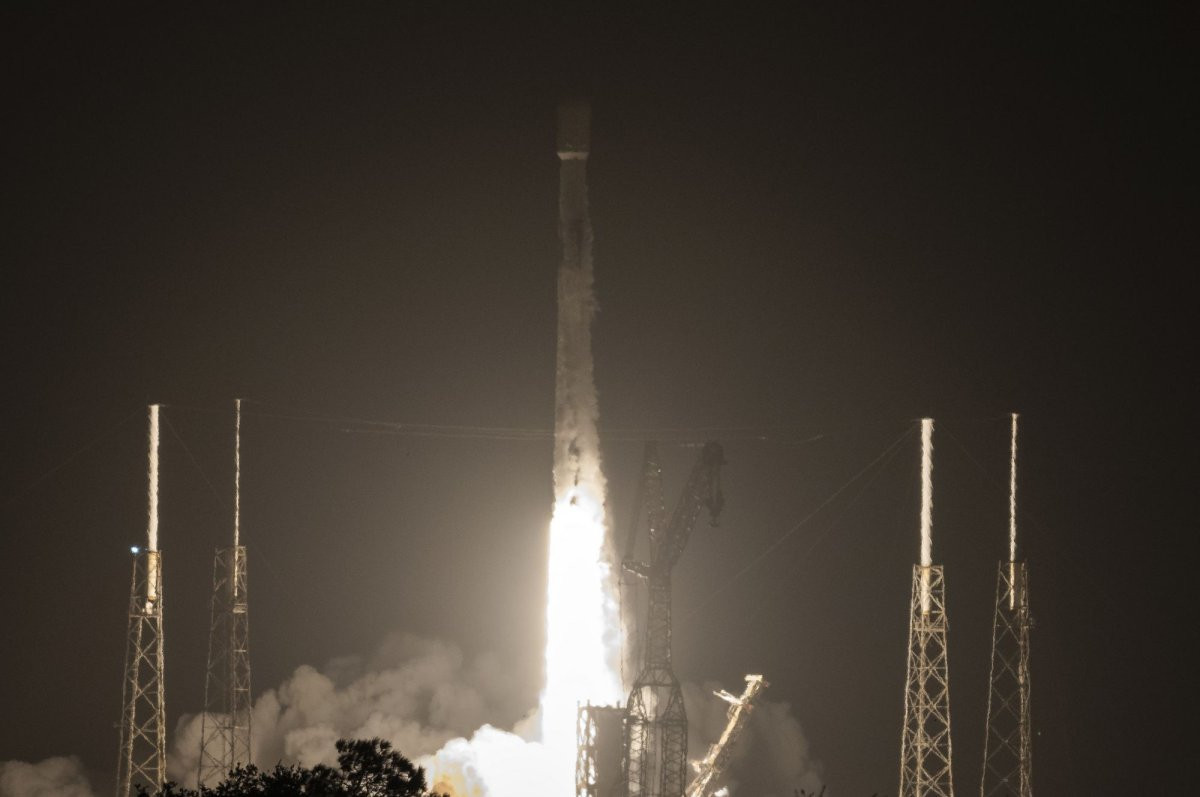SpaceX successfully launched another batch of Starlink satellites into space from Florida on Thursday morning, after postponing the initial launch on Wednesday due to "unfavorable booster recovery conditions in the Atlantic." The Falcon 9 rocket lifted off at 11:33 a.m., carrying 21 Starlink satellites, including 13 equipped with direct-to-cell capabilities, into low-Earth orbit. This mission marks the 15th flight for the Falcon 9 first-stage booster, which previously supported missions including Crew-5, GPS III Space Vehicle 06, Inmarsat I6-F2, CRS-28, Intelsat G-37, NG-20, and eight other Starlink launches. Following stage separation, the booster landed on the "Just Read The Instructions" droneship stationed in the Atlantic Ocean.
Why the Delays?
Florida's weather can be thorny for launch providers attempting to get a rocket off the ground. On Thursday, stormy conditions, including a waterspout, delayed a SpaceX Falcon 9 launch by a few hours. SpaceX was first planning to launch 21 Starlink internet satellites from Cape Canaveral Space Force Station on Wednesday, but rough seas in the Atlantic would have prevented the rocket booster from safely landing on the company's drone ship. SpaceX opted to delay the launch to Thursday morning. Around 7:15 a.m., the National Weather Service in Melbourne issued a Special Marine Warning for the waters off the coast of Brevard and Volusia counties, which includes Cape Canaveral. The warning said a waterspout was observed, and boaters were told to seek safe harbor. The FOX Forecast Center found the radar signature of the waterspout around 7:20 a.m. ET. A photo taken by the U.S. Space Force's 45th Weather Squadron shows a waterspout off the coast of Cape Canaveral around the same time. Waterspouts are vortices that form over bodies of water, unlike tornadoes, which form over land. Waterspouts can form in fair weather conditions associated with warm water temperatures and high humidity.
SpaceX's Launch Flexibility
SpaceX has more flexibility when launching Starlink satellites because they are the company's own payload. The countdown was reset, and SpaceX successfully launched the mission at 11:33 a.m. ET after the weather cleared. The rocket could be seen moving above the cloud-covered sky in Florida in the late morning. SpaceX said the launch marked the first-stage booster's 15th flight. Previous missions included an astronaut launch and a cargo supply mission to the International Space Station. The booster landed on the Just Read The Instructions droneship in the Atlantic Ocean about 8 minutes after liftoff.
The Bigger Picture: Starlink's Role in Global Connectivity
This Starlink mission is just carrying satellites, but it will come a few days before SpaceX is expected to launch its crewed Polaris Dawn mission. On Saturday, four civilian astronauts are expected to take off from Central Florida and travel to extreme orbital altitudes. There, they'll conduct multiple experiments and complete the first-ever private spacewalk. This Starlink mission will also come shortly after SpaceX's Falcon 9 rockets, like the ones supporting Thursday's launch and Saturday's launch, were grounded due to a Federal Aviation Administration investigation. Last week, SpaceX successfully launched and deployed Starlink satellites from Cape Canaveral, but the first-stage booster had a rocky return. Upon landing on the drone ship, the booster tipped over and caught on fire, prompting the investigation and grounding. While the FAA says they're still investigating the incident, Falcon 9 rockets were cleared to fly just a few days later. On Saturday, SpaceX launched a Starlink mission with no technical difficulties or mishaps. SpaceX continues to build up its space-based megaconstellation to provide high-speed internet access around the globe. The company launched two Starlink missions, each with 21 satellites, in just over an hour on Saturday (Aug. 31). Like today's flight, each of those earlier missions included 13 direct-to-cell satellites, which can provide internet service directly to mobile smartphones. This ambitious project underscores SpaceX's commitment to revolutionizing global communication and internet access.

















